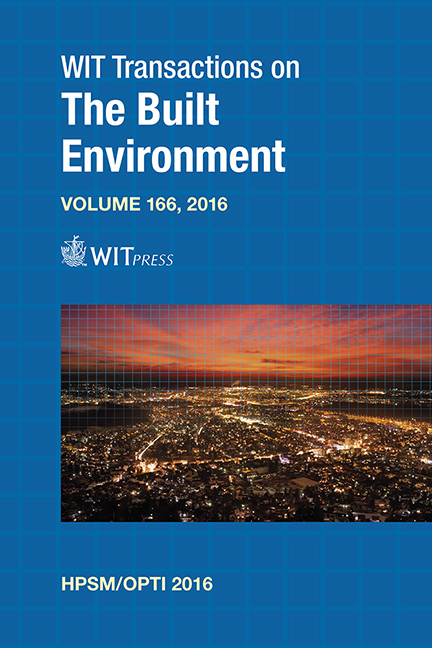Effect Of Mold Temperature On Interfacial Welded Strength And Outer Shell Laminate Strength Of CF/PA6 Composites Manufactured By Press And Injection Hybrid Molding
Price
Free (open access)
Transaction
Volume
166
Pages
11
Page Range
317 - 327
Published
2017
Size
1,457 kb
Paper DOI
10.2495/HPSM160291
Copyright
WIT Press
Author(s)
K. Tanaka, Y. Kondo, T. Katayama
Abstract
The press and injection hybrid molding system is a novel molding technology with the combination of press molding and injection molding, and is expected for the mass production of FRTP (Fiber Reinforced Thermoplastics) which have complicated shapes. The hybrid FRTP structure consists of the following two structures: the outer shell laminate structure that is molded by the press molding using continuous fiber, and the rib structures that are molded by the injection molding using short or long fibers. In a previous study, the hybrid composite has been reported to fracture at the welded interface between the laminate and injected material. The method, in which outer shell laminate penetrates into the rib structures, was developed to increase the interfacial welded strength. However, the continuous fiber of outer shell laminate waves at the welded interface and may lead to reduction in mechanical properties. Therefore, it is necessary to clarify the reduction in the strength of outer shell laminate. In this study, the effects of mold temperature on the mechanical properties were evaluated by T-shaped specimens for interfacial welded strength and by in-plain tensile tests for the strength of outer shell laminate. As the mold temperature becomes higher, the penetrated height of continuous fiber into a rib becomes higher and higher interfacial welded strength is obtained.
Keywords
press and injection hybrid molding, carbon fiber reinforced thermoplastics, CFRTP, interfacial welded strength, rib, outer shell laminate strength





